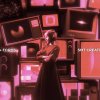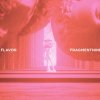The Happy Antithesis Of Operational Efficiency
Hambly And Woolley Has Produced A Wonderful Excuse To Slow Down And Get Lost
December 7, 2023
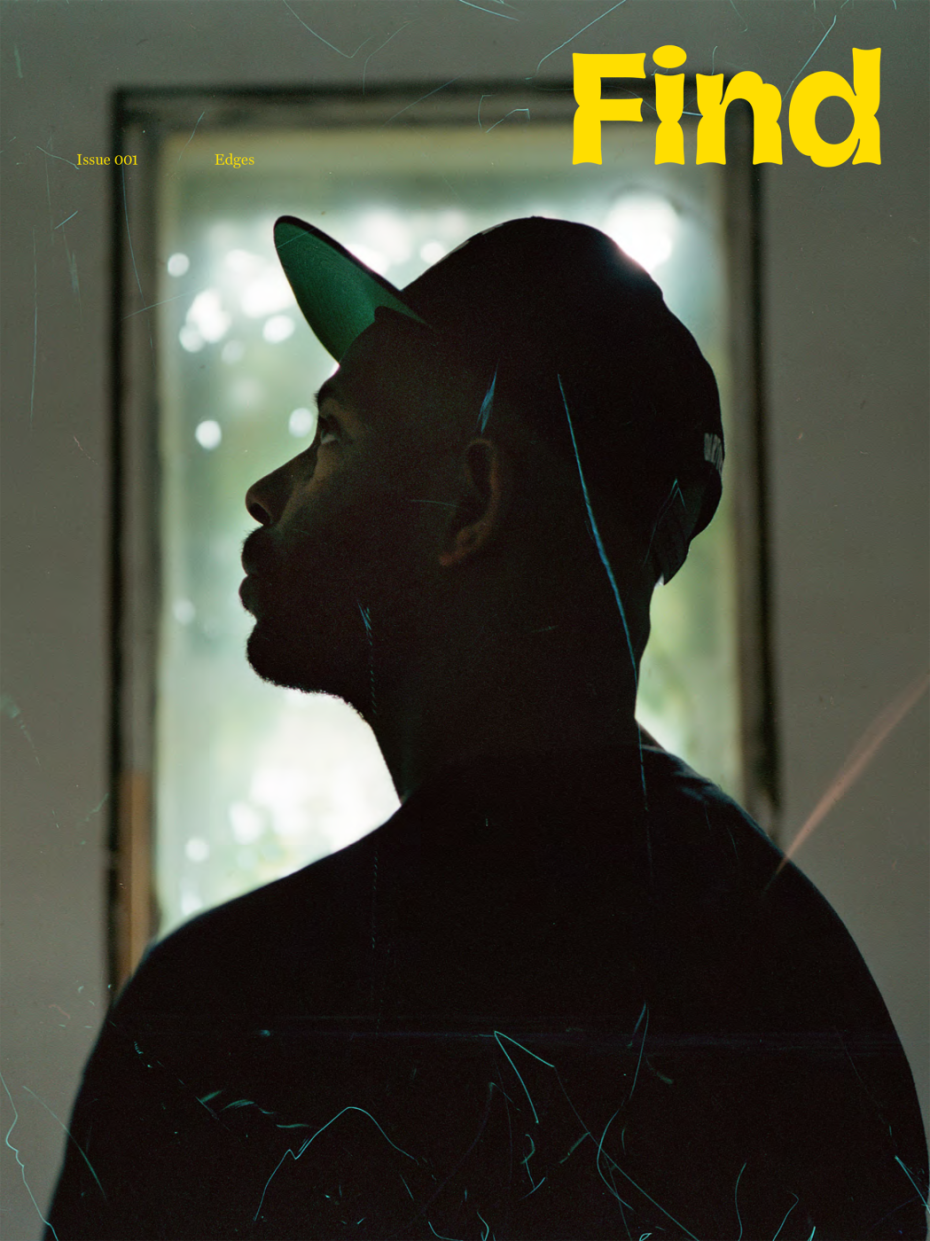
By Will Novosedlik
Graphic design is sometimes referred to as a problem-solving discipline. The business model is simple: a client comes to you with a message that needs to be communicated in as compelling and convincing a way as possible. You bend your formidable visual communications skills to the task. Your client is pleased with the result and pays you a decent fee for your efforts. Hopefully, that turns into repeat business.
At least, that’s how it’s supposed to work. The reality is a lot bumpier, of course, as anyone who has worked in this business for any amount of time will tell you. There are good clients and bad clients; clients who are well-intentioned but unable to appreciate quality when they see it; clients who insist you follow orders simply because they are paying you. Then there are are the clients from hell who make you turn cartwheels and stiff you for the bill.
Even if you have great clients, it’s still their problems that you’re solving. As designer Bruce Mau once said, “The designer leads a kind of karaoke existence, always singing someone else’s song and never saying what he thinks should be said.” Which leads us to another common definition of design: it’s a service business.
But there is an antidote to this: a long tradition of designers producing artefacts for no client but themselves. It gives them an opportunity to stretch creatively, without compromise, and with no strings attached. One such project was released on November 28th by Toronto-based Hambly and Woolley. It’s called Find: A Journal for the Curious.
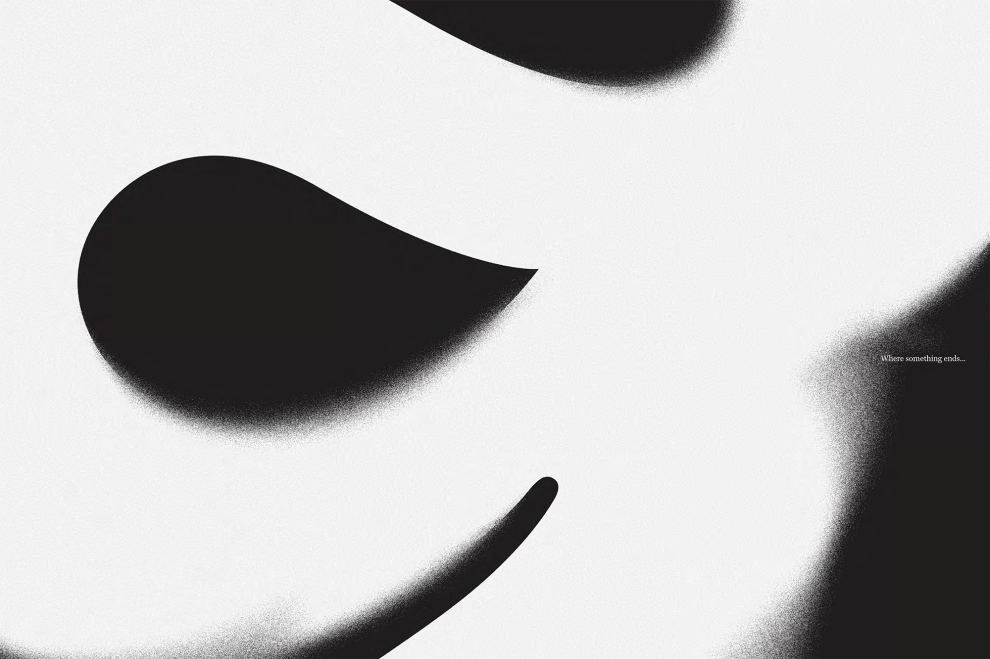
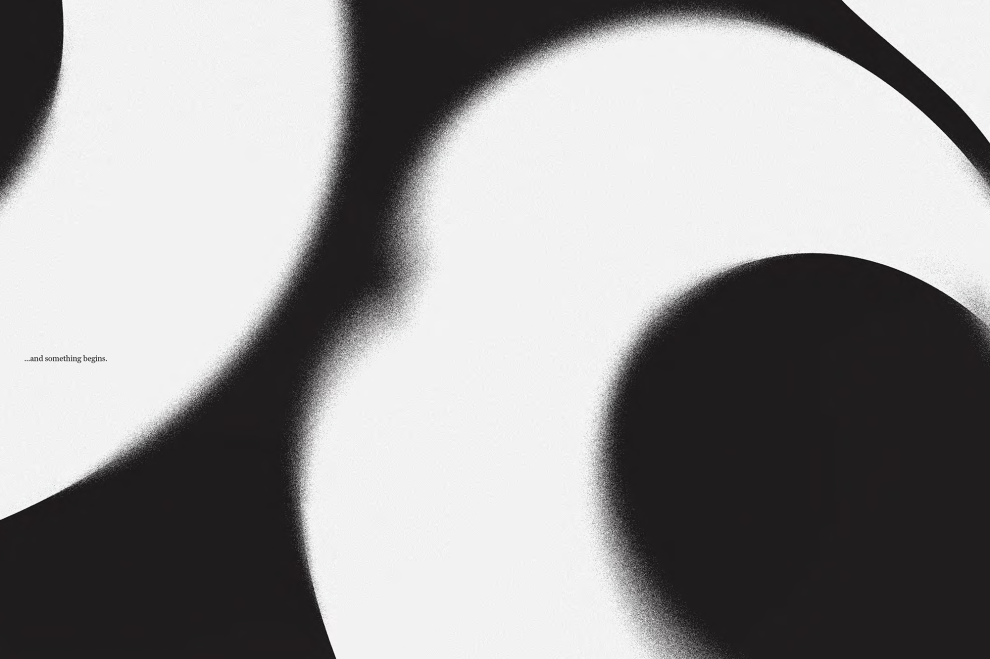
It is an eccentric, eclectic masterpiece, a shining example of Marshall McLuhan’s dictum that when old technologies are replaced by new ones, the old technology doesn’t die; it becomes art. Find is an unapologetic celebration of print, the technology that gave birth to graphic design in the first place. And it is as much a work of art as it is a design artefact.
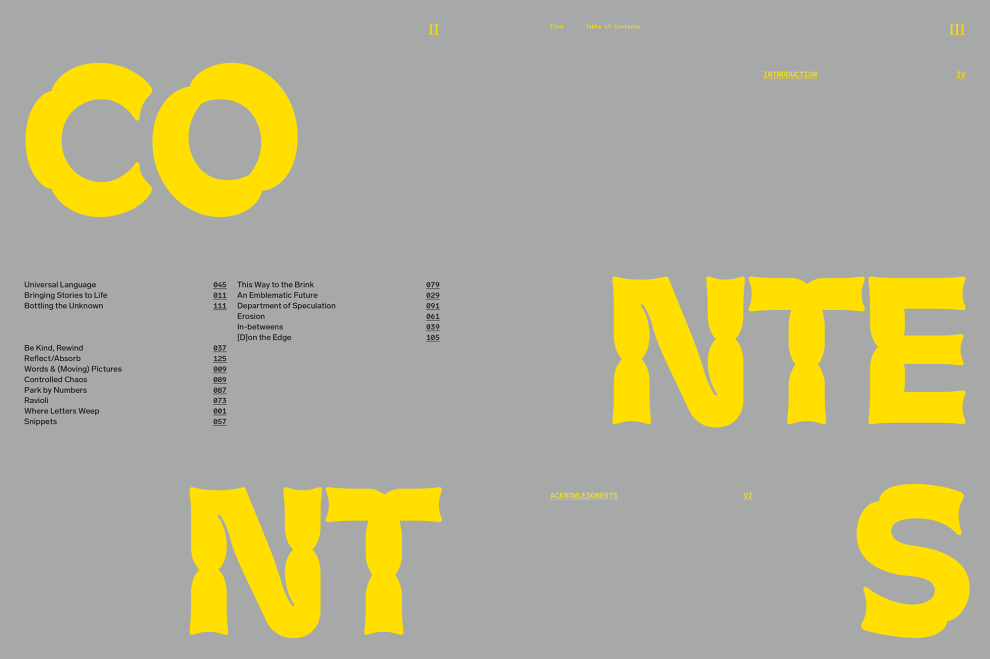
The contents page shows off the magazine’s featured custom display typeface, Hoof Display, a reference to the Hambly and Woolley pig and sheep logo.
Find has no purpose other than to invite distraction. It dares the reader to step away from the screen, find a comfortable, quiet place and waste some time with paper, ink and text. Leafing through it reminds me of Milan Kundera’s 1995 novella Slowness, which explores how much we have lost by our obsession with speed. Find is the happy antithesis of operational efficiency.
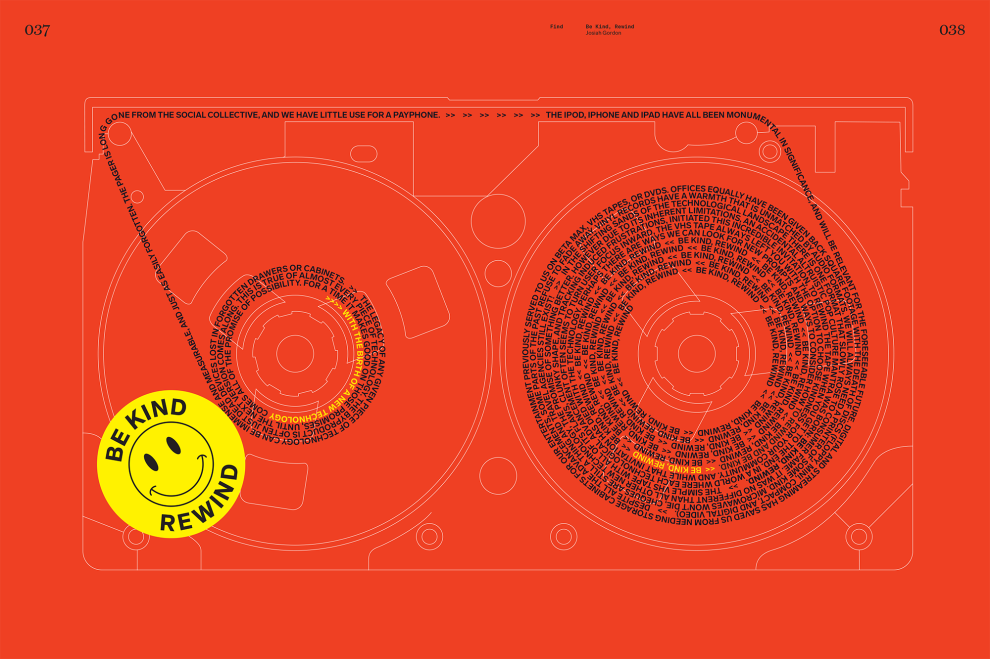
A type wonk’s version of how to pass the time of day and a meditation on the pace of technological change
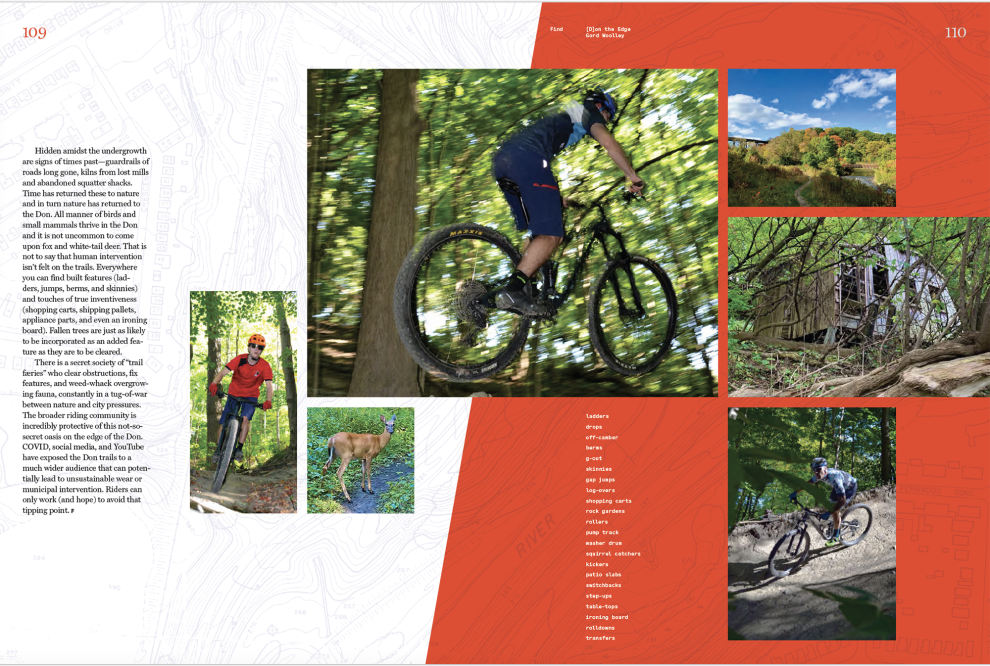
There is a theme to this inaugural issue: ‘edges’. Each piece explores the meaning of that word in its own way. Gord Woolley’s [D]on the Edge invites us to explore the mountain bikers’ maze of trails along the Don River Valley, a liminal space where the natural and the urban meet in an uneasy truce.
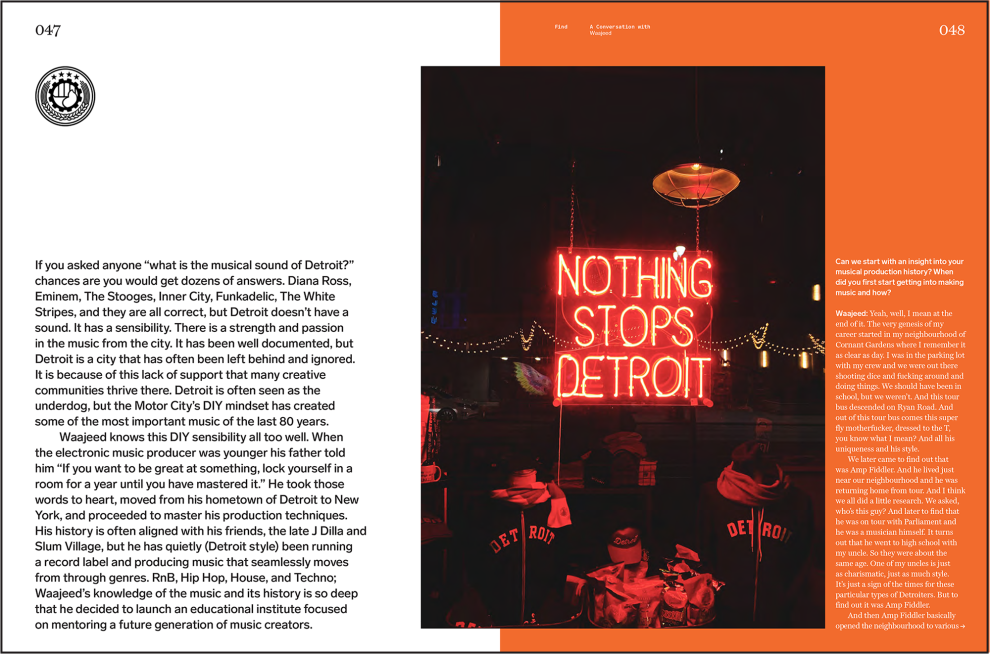
In A Conversation With WaaJeed, we encounter the career of the electronic music producer who has built a music academy in the heart of Detroit, a city perched on the edge of America, “often left behind and ignored”, but home to some of the most important music of the last 80 years.
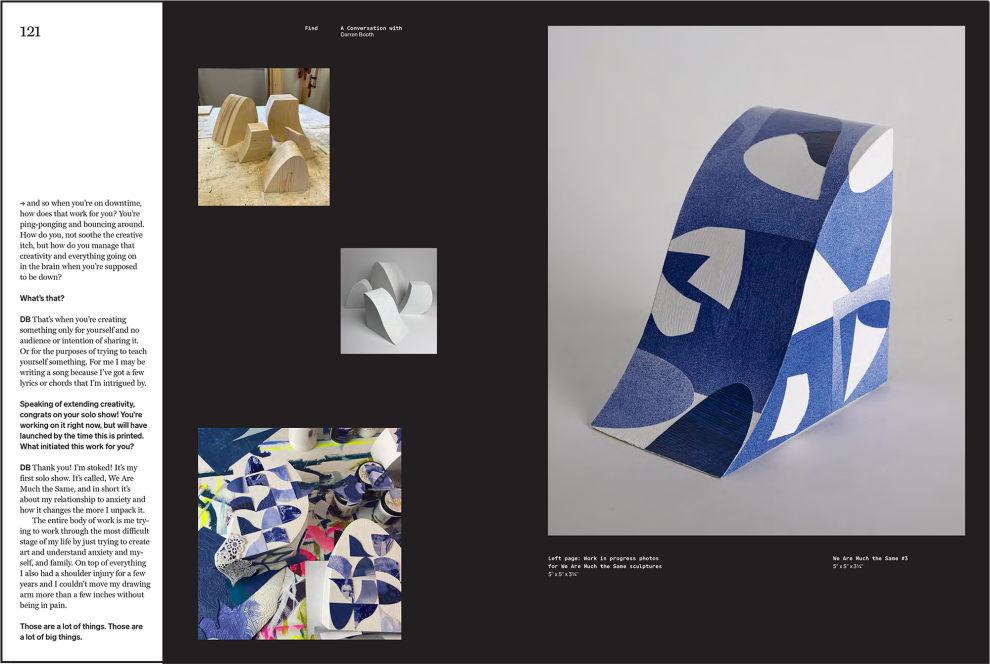
We are introduced to the world of illustrator and artist Darren Booth, who suffers from aphantasia, a neurological condition that makes it impossible to visualize anything mentally. And yet he is a very talented visual artist, and an explorer of multiple mediums.
Then there is Kelley Toombs’ Erosion: A Love Letter, an achingly touching eulogy to her father. It deftly conflates his slow descent into dementia with the erosion of his lifelong home of Prince Edward Island as its ‘edges’ slowly disappear into the Atlantic. The story unfolds across 8 pages, each one successively narrower than the last until there is only room enough on the final page for two very thin columns of type. Impossible to describe, this needs to be seen in print for the full effect. Both heartbreaking in its content and breathtaking in its design, this put a big lump in my throat.
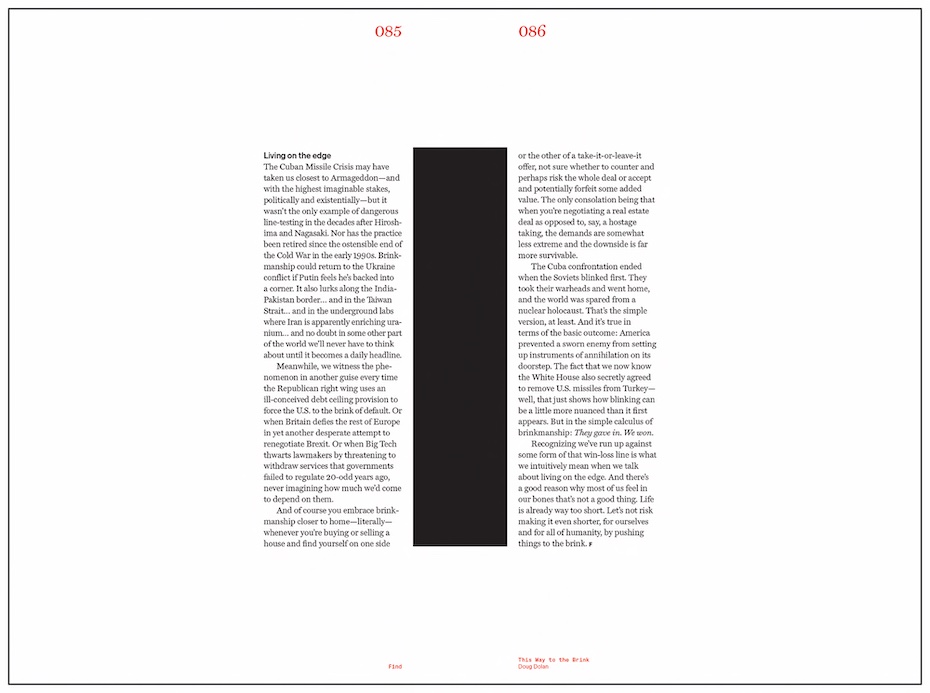
In This Way to the Brink, writer Doug Dolan explores the history of brinkmanship, which originated as “the Cold War practice of pursuing aggressive postures to the edge of catastrophe in the hope of forcing the other side to back down first”. A grim subject to be sure, it resonates all too strongly with the grim times in which we are living right now.
The content has inspired some ingenious design solutions which it is impossible to capture in the form of this blog – especially if you are reading this on a mobile device. Another reason to experience the magazine in its physical form.
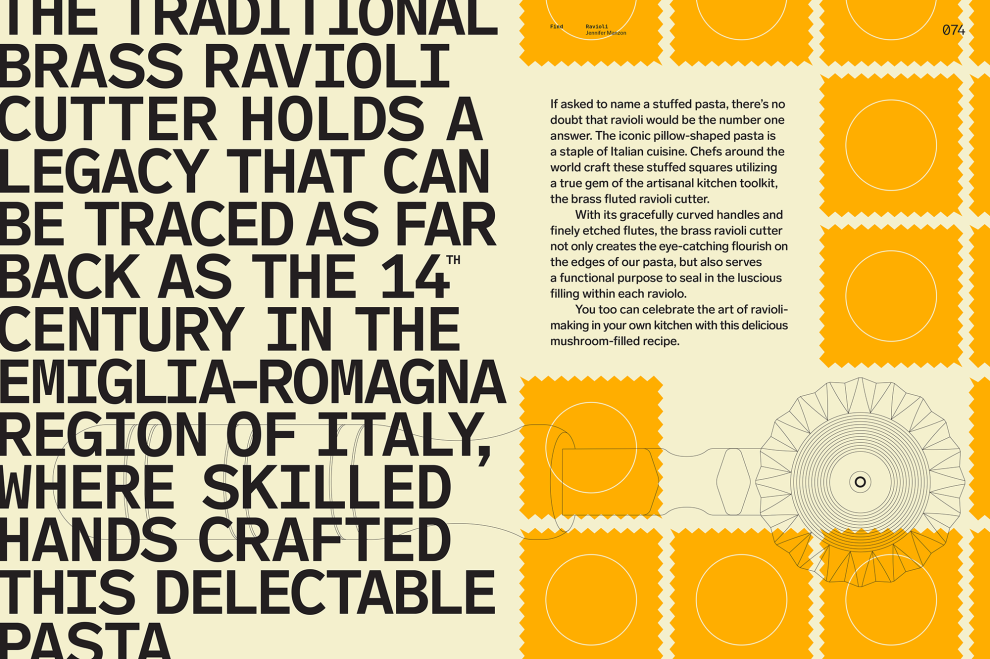
On a lighter note, there’s even a recipe for mushroom ravioli, the iconic Italian pasta with the crimped edges, contributed by designer Jennifer Manzon.
All too often, these kinds of projects are absent of serious and thoughtful content. No offence to my comrades-in-arms, but we designers are not generally valued for our contemplative depth. Find decisively puts paid to that cliché.
Find can be found at findmagazine.ca.
Will Novosedlik is a designer, writer, long-time contributor and editor of Applied Arts magazine. He is known for a critical perspective on the cultural and socio-economic impact of design, brand, business and innovation.


